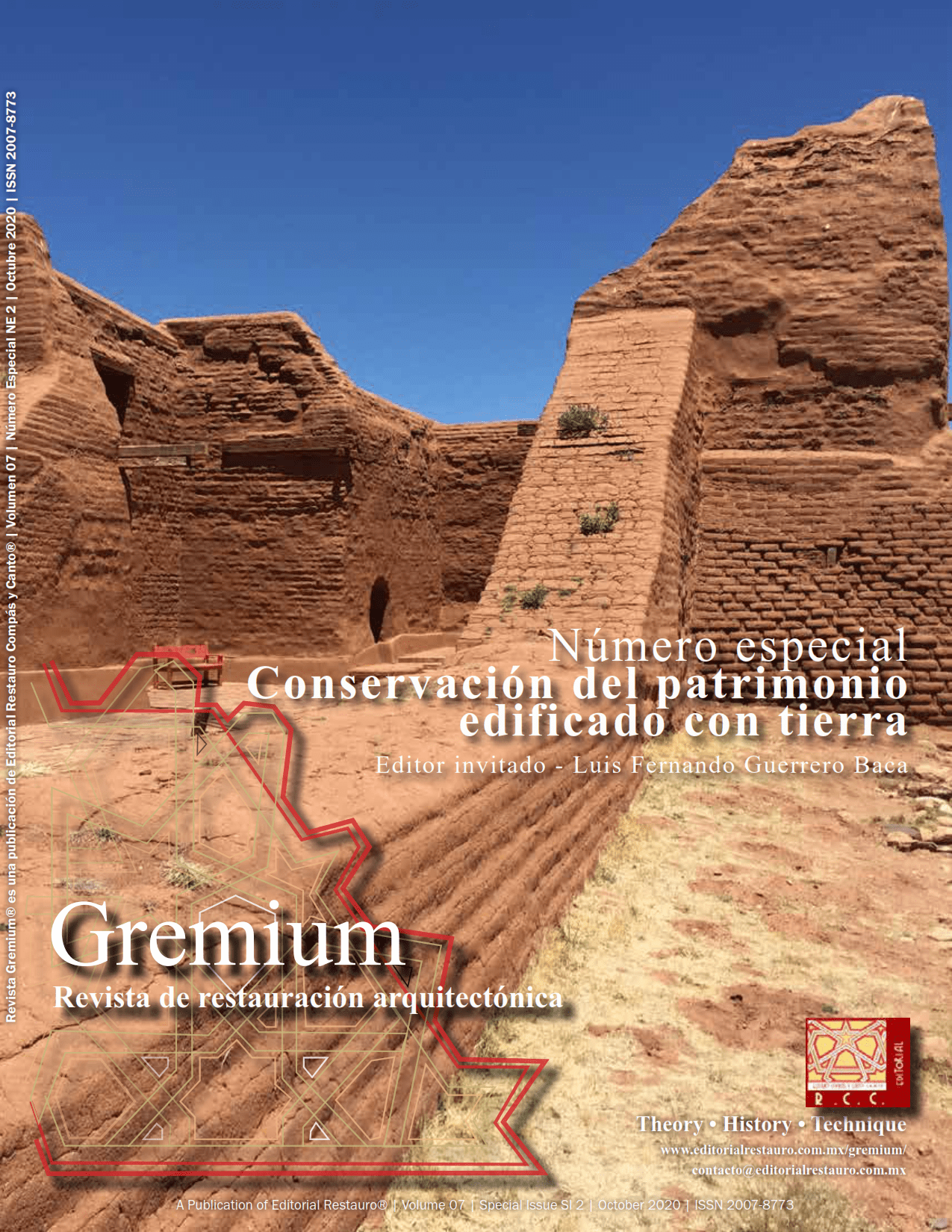The construction of Marfil landscape, Guanajuato’s heritage (México)
DOI:
https://doi.org/10.56039/rgne2a08Keywords:
cultural landscape, heritage, guanajuatoAbstract
This work seeks to identify the historical stages in the construction of the landscape of the old town of Marfil,
which will highlight those elements that persist in that territory as part of its heritage. The objective of this
study is to characterize in the landscape, understood as a system, the structural elements that give it its
symbolic content. The interest lies in the persistence of the religious and “hacendaria” architecture product of
its historical industrial functionality, which has been affected by multiple interventions in the immediate context.
The conceptualization of landscape as a system (Sauer, 1925) from human geography in the 20th century, and
finally the categories integrated by conservation policies from UNESCO and ICOMOS in the 21st century, have set
the tone for a cultural reading of the territory in which material expressions such as the symbolic content of the
landscape are of equal importance (Argenta, 2013). The architectural object as an image, through photographs
and paintings will be useful in reading the stages that mark its evolution with historical facts and the traces that
persist in the current landscape. At the same time, it will be supported by polls, interviews, cartography and
field work. The results indicate that the structural elements such as the old royal road, the river, the patrimonial
architecture (“hacendaria” and religious) and the appropriations of the territory, define and grant the symbolic
content of the current landscape
Downloads
Downloads
Published
Issue
Section
License

This work is licensed under a Creative Commons Attribution-NonCommercial-ShareAlike 4.0 International License.























